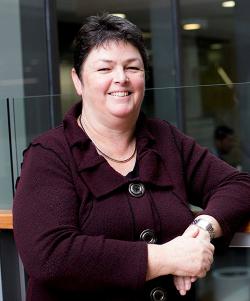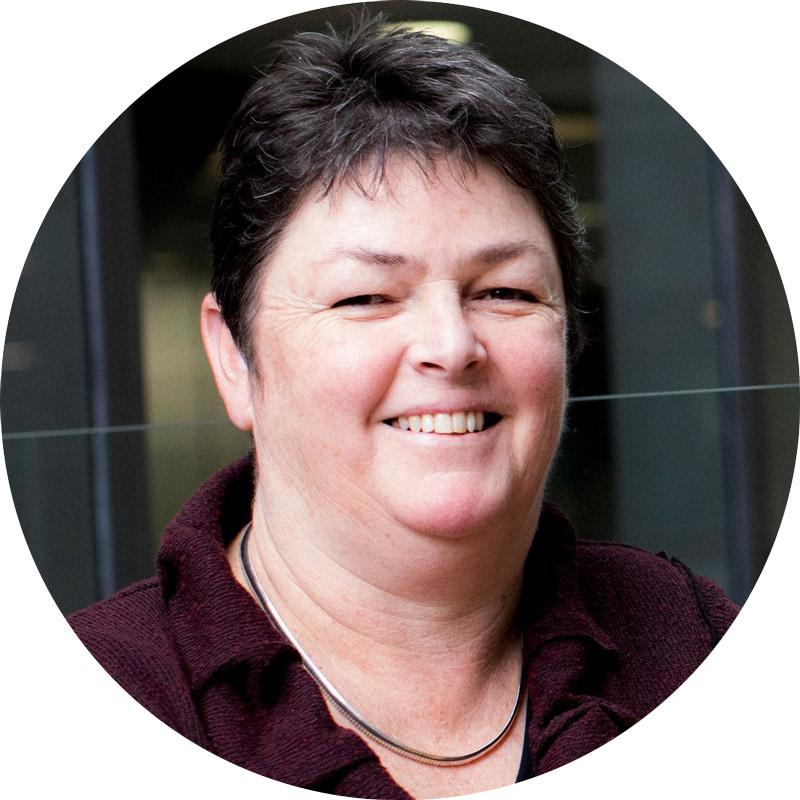Managing the final weeks and months of someone's life is a complex and challenging task. How can aged care staff access the best training and information when they need it?
Every death is different. The needs of every dying individual are as diverse as the needs of every individual in the rest of their lives.
So, providing for the needs of people in their last year of life can be a complex, challenging task for clinicians and aged care workers.
While some of those may be highly qualified and experienced registered nurses, others may be fresh to the sector and equipped with a basic certificate level qualification.
Add to that the fact that, for many of these primary care workers, English may not be their first language, and that they are typically responsible for 70 per cent of the care-load, and the need for skills training becomes obvious.
Preparation is key
Professor Deborah Parker – a registered nurse with experience in aged care – heads a four-person team at the UTS School of Nursing and Midwifery that develops toolkits for the aged care sector.
Their work is part of End of Life Directions for Aged Care (ELDAC), a national specialist palliative care and advance care planning advisory project.
The project is a collaboration between three universities and industry peak bodies in palliative care, aged care and healthcare providers.
ELDAC is funded by the Australian Government Department of Health. It supports the $21bn spent on the sector every year by the Federal Government.
"We say end of life is the last 12 months of life, but it also includes the last days and weeks of life," Professor Parker says.
We don't want to teach people just for those last couple of days. We want to teach people to recognise the changes in people well in advance.
Professor Parker developed The Palliative Approach Toolkit in 2011, the research group has now replaced that with the Residential Aged Care and Home Care Toolkits that form part of the ELDAC National Project.
"These toolkits are mechanisms for staff to really understand for how to prepare for caring for people in their last 12 months of life," says Professor Parker.
"They also help staff care for the families through the last months of life, and beyond into bereavement.
"These are evidence-based tools that we know work. We want staff to know where to go to get that information."
What is the ELDAC Care Model?
The eight-stage model will help aged care staff determine:
- whether a person is approaching the end of their life
- how to plan and deliver care for a person
- how a person’s care needs might change over time
- what resources would be useful for you in providing care
- whether you have education or learning needs.
What are the stages?
Advance care planning
Advance care planning is the process of planning for your current and future health care. It involves talking about your values, beliefs and preferences with your loved ones and doctors. This helps them make decisions about your care when you can't. People may also formalise their plan with an advance care directive.
Recognise end-of-life
End of life is the period of time when the person is living with an irreversible condition and decline where death is foreseeable. Recognising when someone may be in the last months of life provides an opportunity for assessment of palliative care needs and palliative care planning.
Assess palliative care needs
If someone has been recognised as being at the end of life, they should have a palliative care needs assessment. Re-assessment should occur regularly and at key transition points in the resident's trajectory.
Provide palliative care
Palliative care addresses the physical, social and spiritual needs of the older person. By providing palliative care for someone coming to the end of their life we can provide the best quality of life possible while managing symptoms and concerns.
Work together
Coordinating palliative care with other services helps us provide the best quality care. This can include the team in the aged care service, the GP, allied health providers or a palliative care service.
Respond to deterioration
Over time there are likely to be changes in condition or additional symptoms and needs. As disease progresses, there is a need to identify and respond to deterioration to make sure the person continues to receive the best quality care.
Manage dying
While individuals may differ in their signs and symptoms of dying there are some common indicators that a person may be in the final days of life. Some organisations have a specific care plan for residents in the final days or weeks of life.
Bereavement, grief and loss
An older person may grieve due to a decline in physical, mental or cognitive health. It is also important to acknowledge that family may grieve before the death and may find bereavement difficult.
Easy to access and digest
The Residential Aged Care and Home Care toolkits are both divided into three main sections:
- Clinical Care
- Education and Learning
- Organisational Support
Each section has resources including a suite of videos designed to deliver the most up-to-date, evidence-based skills in a format that is as accessible as possible.
"The most inspiring part of this project for me is knowing that it's so difficult as a frontline clinician to have up to date information that is easy to digest," says Professor Parker.
"We have packaged information as clearly as we can so if you are looking after someone in pain, or in distress – example – there are tools that can make a real impact on a person's quality of life.
"This is about trying to make life as easy as possible for clinicians, allied health workers and primary care workers.
It's also designed about making our final days as easy as possible for all Australians and their loved ones.
-

-

-
Professor, School of Nursing and Midwifery




